Dining Preferences: Unveiling the Culinary Habits of Corn Snakes
Introduction:
Corn snakes (Pantherophis guttatus), cherished by reptile enthusiasts, have distinct dietary needs. Understanding what corn snakes eat is crucial for their health and well-being in captivity.
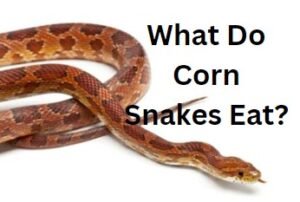
This detailed guide explores their natural diet, feeding habits, and essential considerations for those providing sustenance to these captivating serpents.
1. Wild Diet:
In their natural habitat, corn snakes predominantly feast on small rodents, including mice and rats. This carnivorous diet provides essential nutrients for their growth, energy, and overall health.
2. Captivity Feeding:
When kept as pets, corn snakes can thrive on a diet of appropriately sized, pre-killed or thawed frozen rodents. This ensures their safety during feeding and eliminates the risk of injury that live prey might pose to the snake.
3. Size Considerations:
The size of the prey should be proportionate to the snake’s girth. Corn snakes can consume prey that is 1 to 1.5 times the size of the snake’s widest part. This ensures safe ingestion and digestion.
4. Feeding Frequency:
Younger corn snakes are typically more active and have faster metabolisms, requiring more frequent meals. A general guideline is to feed juvenile corn snakes every 5 to 7 days, while adults may be fed every 7 to 10 days. Adjust feeding schedules based on individual snake behavior and metabolism.
5. Variety in Diet:
While rodents form the core of their diet, introducing variety is beneficial. Offering different types of rodents, such as mice and rats, and occasionally incorporating chicks or quails, helps provide a well-rounded nutritional profile.
6. Avoiding Overfeeding:
Overfeeding can lead to obesity and health issues. It’s crucial to monitor the snake’s body condition and adjust feeding frequency accordingly. A healthy corn snake should display a slightly triangular shape when viewed from above.
7. Feeding Time:
Corn snakes are primarily crepuscular, meaning they are most active during dawn and dusk. Feeding during these times aligns with their natural behavior and may enhance their receptivity to meals.
8. Hydration:
While corn snakes derive moisture from their prey, maintaining proper hydration is essential. Providing a shallow water dish in their enclosure allows them to drink and assists in the shedding process.
9. Monitoring Shedding:
Corn snakes shed their skin periodically. During this process, their appetite may decrease. It’s advisable to avoid feeding during shedding, as the snake may be less inclined to eat.
10. Professional Consultation:
If encountering challenges or uncertainties regarding the snake’s diet, consulting with a reptile veterinarian or experienced herpetologist is recommended. They can provide tailored advice based on the snake’s individual needs and health status.
Conclusion:
In conclusion, a well-balanced and appropriately sized diet is crucial for the health and vitality of corn snakes in captivity. By understanding their natural dietary preferences and adhering to responsible feeding practices, enthusiasts can ensure the well-being of these captivating reptiles in the domestic setting.
Learn more about Do Snake Poop.

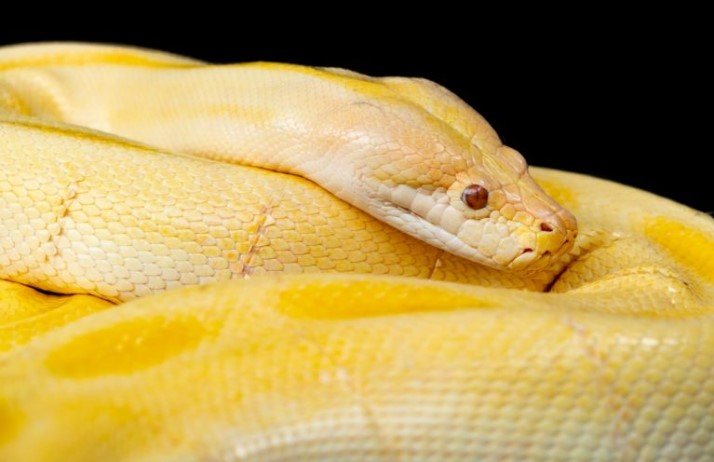
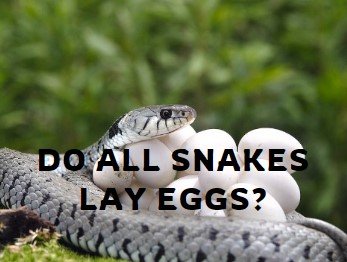
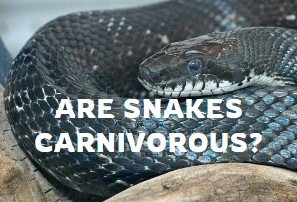
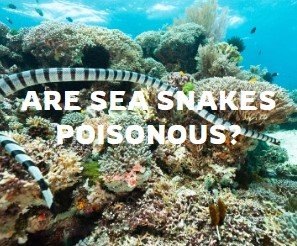
Leave a Reply